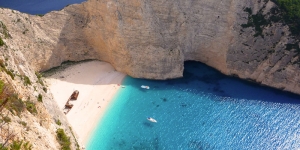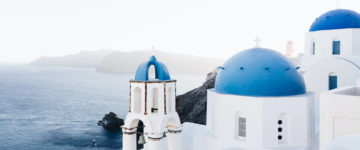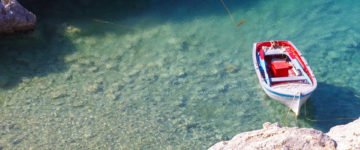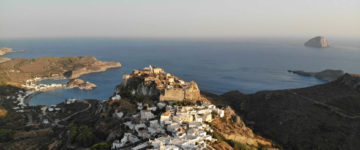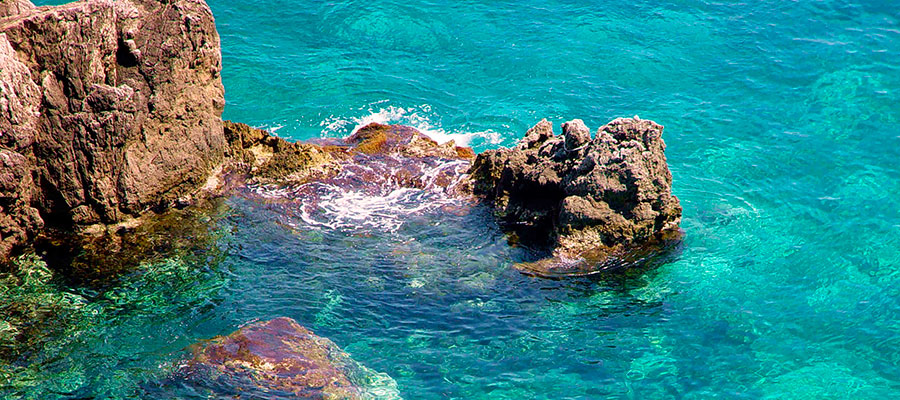
Magnificent, verdant Corfu, or Kerkyra in Greek, was Homer’s beautiful and rich land. Mountains dominate the northern half where the coastlines can be steep and dramatic and where the island’s interior is a rolling expanse of peaceful countryside. Stately cypresses, used for masts by the Venetians, rise from shimmering olive groves. South of Corfu Town the island narrows and flattens.
Beaches with sometimes oppressively thick development punctuate the entire coastline. Development is most intensive north of Corfu Town and along the northernmost coast. Corfu was a seat of European learning in the early days of modern Greece. While the rest of the nation struggled simply to get by, the Corfiots established cultural institutions such as libraries and centres of learning, and many major Greek figures like Ioannis Kapodistrias, the first head of independent Greece, hailed from Corfu. To this day, Corfiots remain proud of their intellectual and artistic roots. This legacy is visible from its fine museums and cultural life to its high-calibre, Italian influenced cuisine.
There’s Corfu the coast, Corfu the town, and Corfu the island, and they don’t necessarily appeal to the same vacationers. Corfu the coast lures travelers who want to escape civilization and head for the water—whether an undeveloped little beach with a simple taverna and rooms to rent, or a spectacular resort. Then there’s the more cosmopolitan Corfu Town, with its distinctive Greek, Italian, French, and British elements. Finally, there’s a third and little-known Corfu: the interior, with its lush vegetation and gentle slopes, modest villages and farms, and countless olive and fruit trees. Whichever Corfu you choose, it should prove pleasing. It was, after all, this island’s ancient inhabitants, the Phaeacians, who made Odysseus so comfortable. Visitors today will find Corfu similarly hospitable.
The exact geographic coordinates are 39°39’19.5″N 19°50’36.4″E in Ionian Sea in Greece. The island of Paxoi and Antipaxoi lie about 15 miles on the south.
The northeastern edge of Corfu lies off the coast of Sarande, Albania, separated by straits varying in width from 2 to 14 miles. The southeast side of the island lies off the coast of Thesprotia, Greece and . It’s shape resembles a sickle, to which it was compared by the ancients: the concave side, with the city and harbour of Corfu in the centre, lies toward the Albanian coast. With the island’s area estimated at 145,000 acres, it runs approximately 40 miles long, with greatest breadth at around 20 miles.




